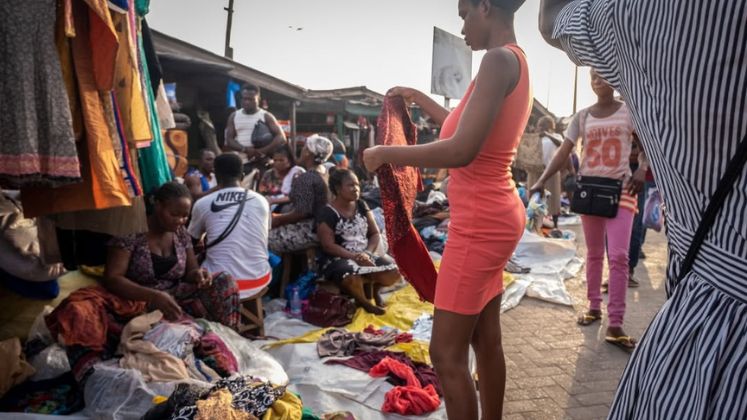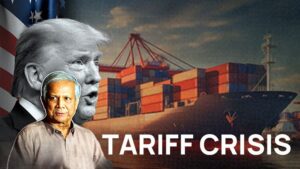
While the European Union has recently implemented stricter textile regulations aimed at improving waste management and promoting sustainable practices in countries like Bangladesh, these policies have yet to curb the flow of secondhand and discarded clothing to African nations, which bear the brunt of the environmental fallout.
Ghana receives over 15 million pieces of secondhand clothing weekly from the UK alone, with the majority of these garments unsellable and destined for disposal. The Kantamanto Market in Accra, a key hub for secondhand clothes, can only process about 30% of the incoming textiles. The remaining 70% floods waterways, chokes rivers, and damages ecosystems, creating a toxic legacy in Ghana’s wetlands, including the Ramsar-listed Densu Delta.
Despite some African nations like Rwanda and Uganda enacting bans on textile waste imports, leading to a 25-30% reduction in dumping the problem persists across the continent. The Ellen MacArthur Foundation estimates that up to 30% of globally produced apparel goes unsold or is discarded within a year, much of which ends up in African dumpsites. Most discarded textiles are synthetic fibers like polyester, nylon, and acrylic, which contribute to microplastic pollution, with nearly 35% of microfibers in aquatic ecosystems worldwide originating from textile microplastics.
Ghana faces significant economic and health impacts from this waste crisis, spending over US $ 45 million annually to address flooding and pollution caused by textile debris.
While the EU’s new textile laws aim to push Bangladesh toward sustainability through improved wastewater treatment and reduced chemical use, the continued export of textile waste to Africa reveals a glaring loophole in global responsibility. Experts warn that without addressing these systemic issues, vulnerable communities and ecosystems will continue to bear the toxic burden of fast fashion’s global supply chain.
As consumers in Europe and beyond are urged to reconsider their fast fashion habits, the situation in Ghana serves as a stark reminder of the environmental and social costs hidden behind low-cost clothing. The global community must take collective responsibility to ensure that the pursuit of cheap fashion does not come at the expense of vulnerable communities and their environment.






